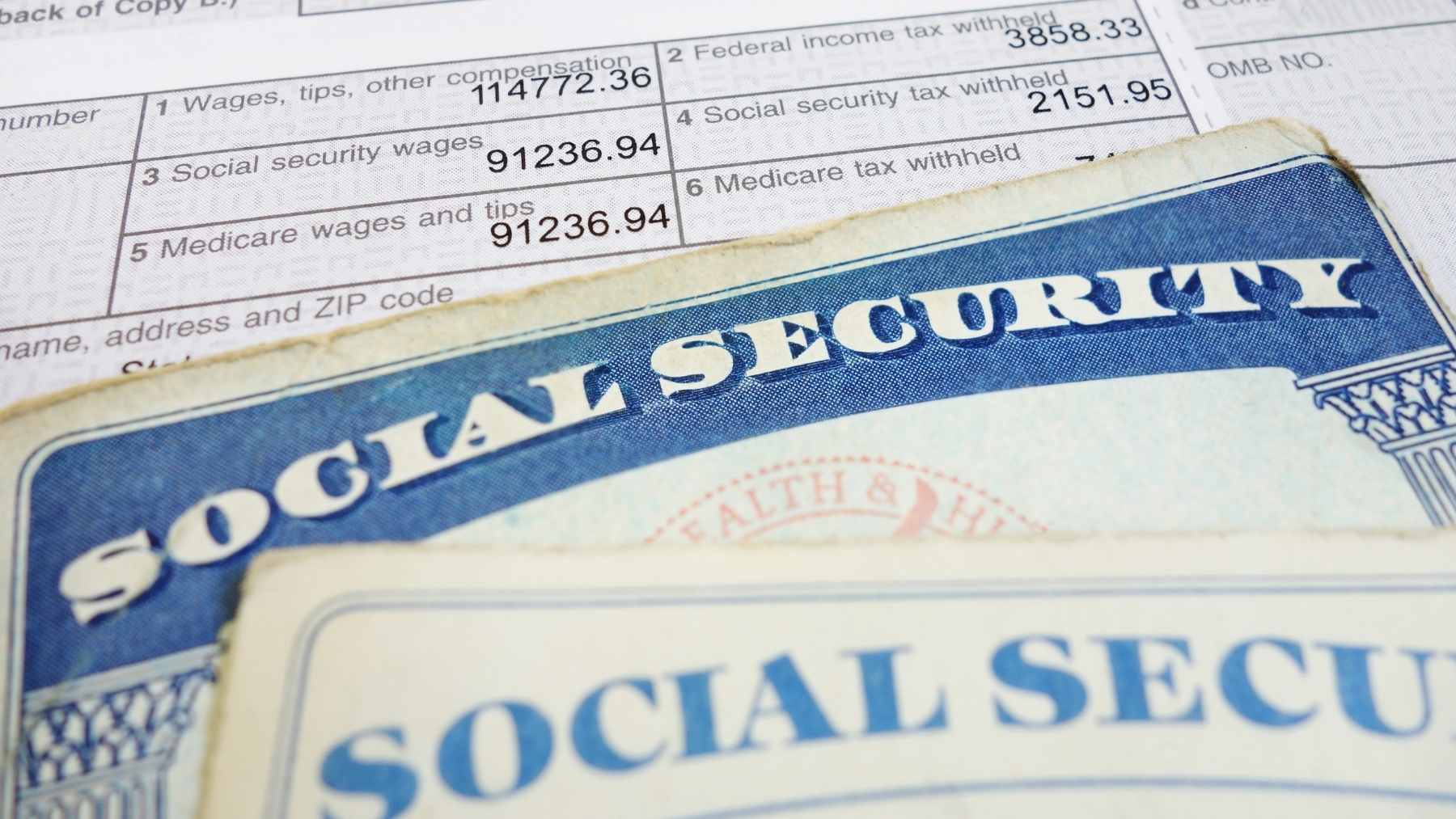In a first move towards a cleaner future, the Biden-Harris administration committed $7.3 billion to electrify rural areas. This is the most significant investment since the New Deal and is a crucial demonstration of how America’s rural areas can embrace cleaner, cheaper and more reliable energy sources.
Supported by the Inflation Reduction Act, the program seeks to transform the energy system in rural America. It has made significant progress in combating high energy prices, enhancing the electricity grid’s stability, and generating tens of thousands of new jobs.
How the $7.3 billion will empower rural electric cooperatives and clean energy
The investment focuses on rural electric cooperatives, which provide power to roughly five million people, or 20% of rural households, farms, businesses, and schools.
These cooperatives will get the funding to build or buy more than 10 GWs of clean energy from renewable sources, including wind, solar, and battery storage. The New ERA program will reduce energy prices and greenhouse gas emissions for people in rural areas, and it is a crucial part of America’s climate change plan.
The funding will also incorporate essential transmission and substation modification and the creation of distributed energy resource management software. These innovations will help the grid to operate more optimally and more resiliently, including in the developing world, where the cost and availability of energy have historically been problems.
By these measures, the project seeks to enhance the grid’s integration with the new-generation systems while strengthening the grid against weather shocks and other hurdles.
Job creation and reduced energy costs for rural communities in America
This investment has, therefore, the potential of saving a lot of energy costs for families and businesses in rural areas. There has always been a concern that electric prices are higher in rural districts because it is difficult to supply energy, especially in far-flung regions.
With these investments, rates for many rural customers should be lower by 42 percent than had funding not been provided. Further, the New ERA program will develop 4500 permanent jobs and over 16000 construction jobs.
Such opportunities will assist in the development of a rural economic base by creating well-paid positions in the fields of clean energy as well as infrastructure. The program will also likely contribute to the local economy by stimulating economic development and new ventures born from the reliability and affordability of electric power.
A new ERA is only one of the program’s initiatives for developing rural infrastructure. This vision goes back to 1933, when Franklin D. Roosevelt signed the Rural Electrification Act (REA) into law. That legislation remoulded rural America by extending electricity to rural homes for the first time.
The Biden Administration follows that tradition by delivering renewable energy to rural areas, paving the way for future generations to benefit from clean, affordable power. As the REA brought change through economic growth and better standards in the countryside, new investments will do the same for these regions.
A nationwide impact: New clean energy infrastructure and transition in 23 states
The effects of this program will be realized in 23 states, with the rural cooperatives located in Wisconsin, California, Arizona and Texas, to mention but a few.
For instance, Dairyland Power Cooperative in Wisconsin plans to buy 1.1GW of wind and solar energy financed by $573m, which will assist the company’s members get cheaper and cleaner energy. This will also help rural dwellers since energy rates will likely decrease by 42 percent over the next decade.
Others aim to move away from fossil energy, such as Tri-State Generation, which seeks to close 1,100 MW of coal plant and add 1,480 MW of solar, wind and storage. They are essential for America’s broader shift towards renewable energy and place rural cooperatives at the forefront of its clean energy future.
As these projects develop, the New ERA program is set to build the framework for cheaper, cleaner and more resilient electricity in rural America. This investment in renewable energy will address the climate crisis and build a sustainable economy for marginalized communities.
Thus, President Biden’s $7.3 billion investment outlines a new era of the United States energy transition. Leveraging clean, affordable, and reliable electricity, the New ERA program will redesign the future of rural America by empowering millions of families, businesses, and communities with this unprecedented change toward sustainability.
As the U.S. moves forward with investing in renewable energy, rural America finds itself on the cutting edge of this innovation.














